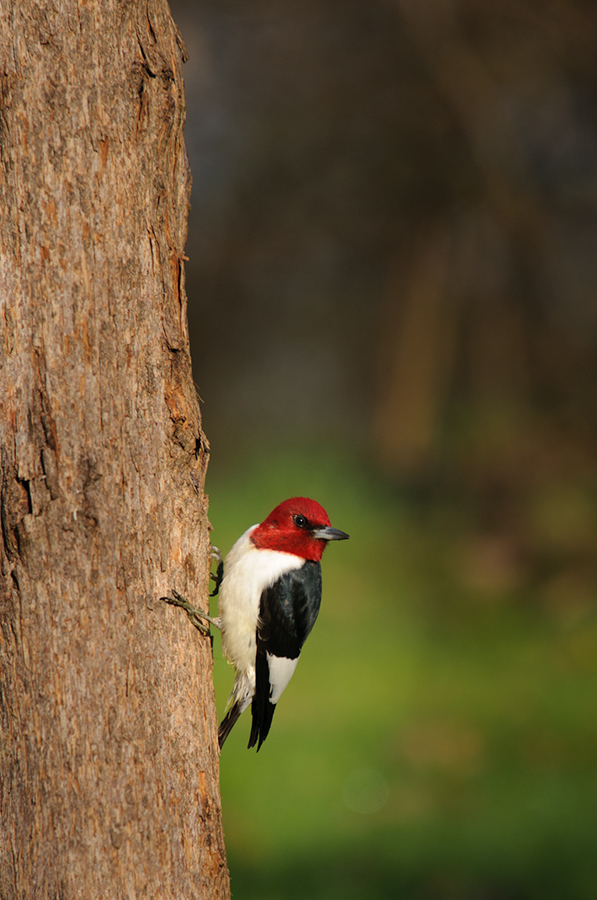As deeper I'm diving into wildlife photography as more I'm excited about any new species I see for the first time and even more if I can make a decent image of a new critter. Does it mean I can forget about all those animals that are here every day and that I have photographed many times already? Of course not! I have lots of pictures of American Robins on my hard drive. Not very difficult for the most part because they are present everywhere where grass and trees are growing here in the Midwest. I'm a strong believer that there is always room for improvement for every photographer and it doesn't really matter what bird is in front of the lens if the light is just right or a story can be told.
I was at Mud Lake this evening at the Mississippi River again and beside looking for the owlet (didn't see it today) I tried to focus on warblers and other birds that are not so common here. Well, I saw some Yellow Warblers but they were very busy chasing each other (love is in the air :-) ) and I had no chance even to make an unsharp photo. :-) While standing with my tripod in the flooded grass, getting wet feet, this American Robin landed just in front of me. The sun put a spotlight onto the bird. I don't know where the nest was but the robin was waiting with a worm in its beak and it is most likely that its young ones were waiting to be fed. To me this image tells the story better than I can and that's why I don't hesitate to make the click, even if just an "ordinary" bird is in front of the lens.














